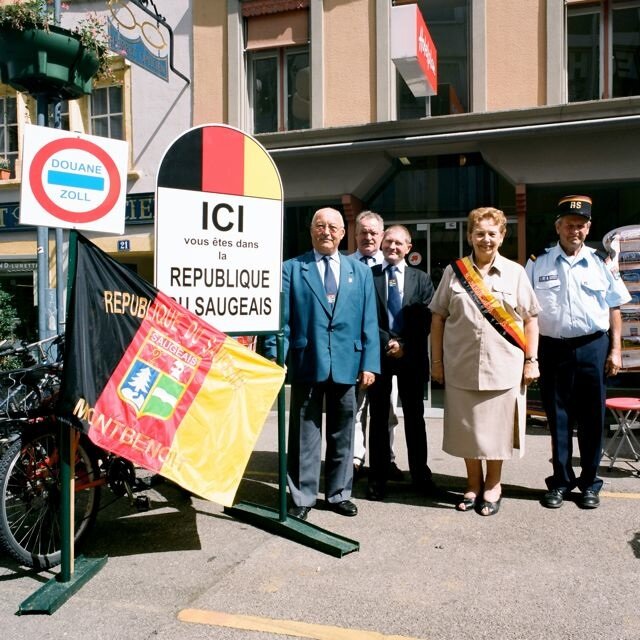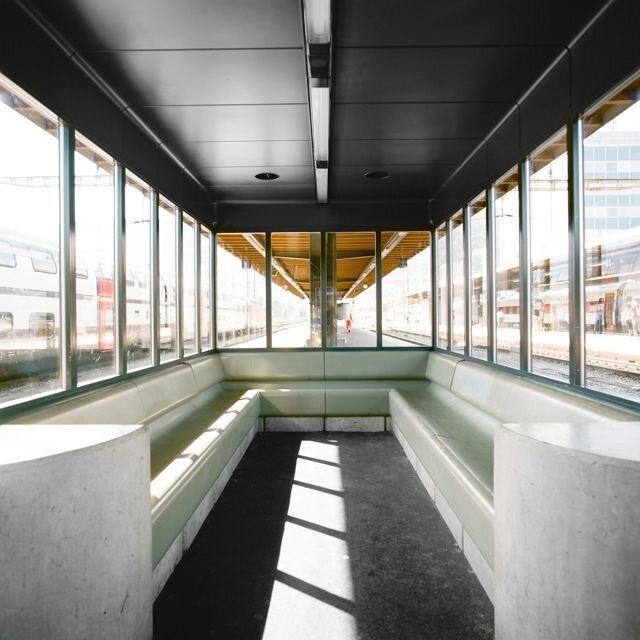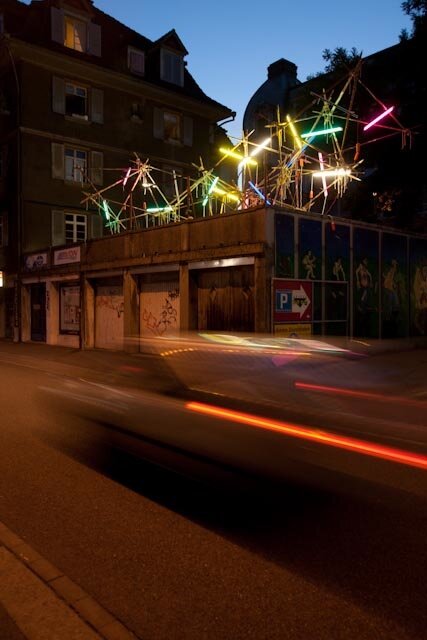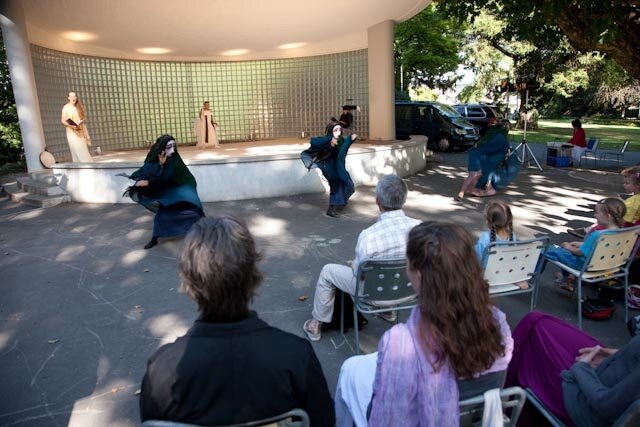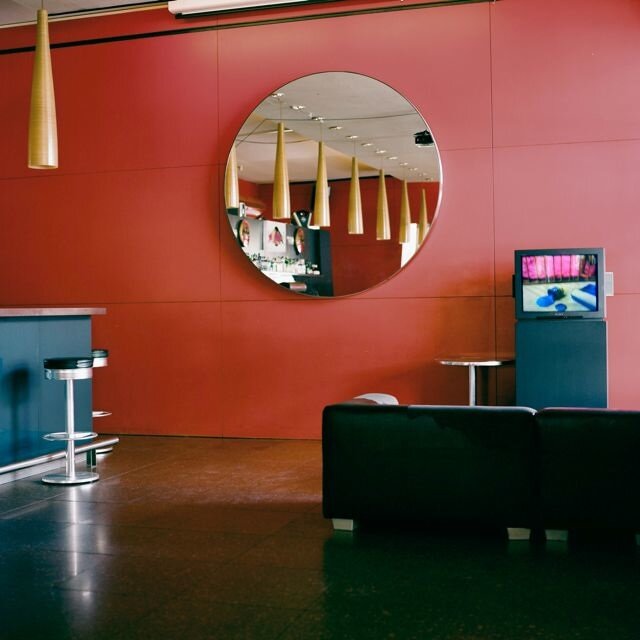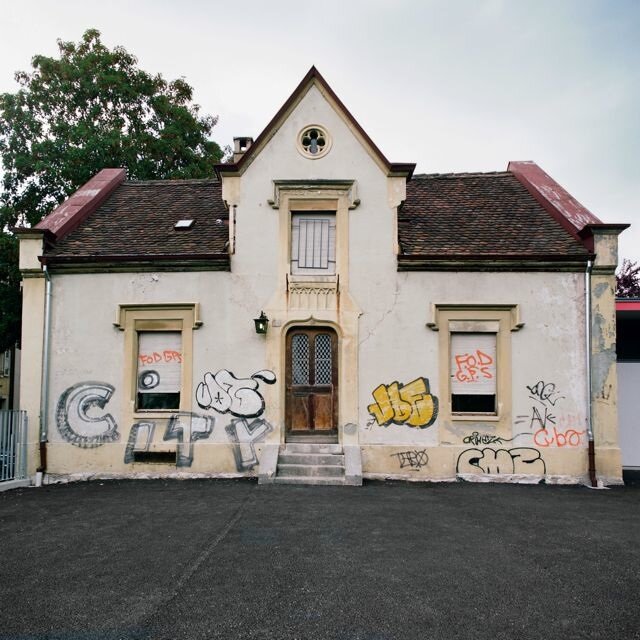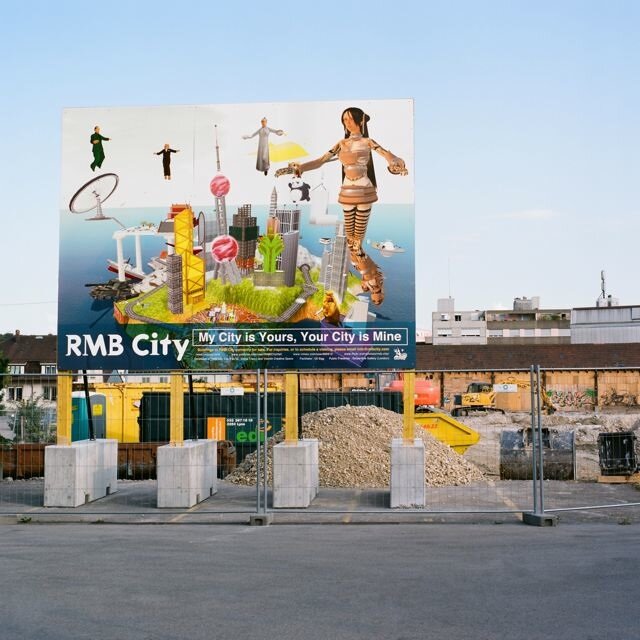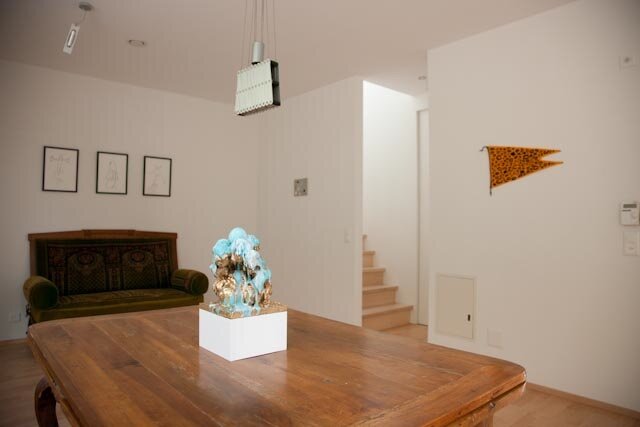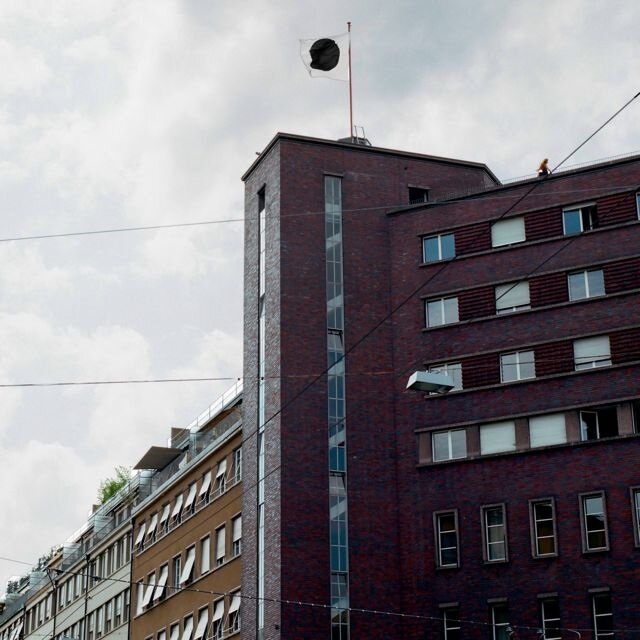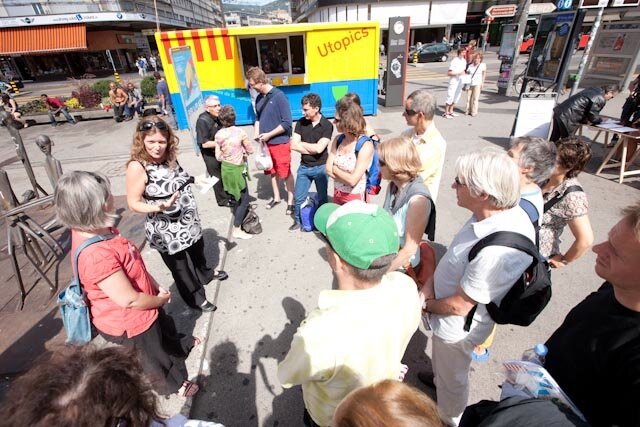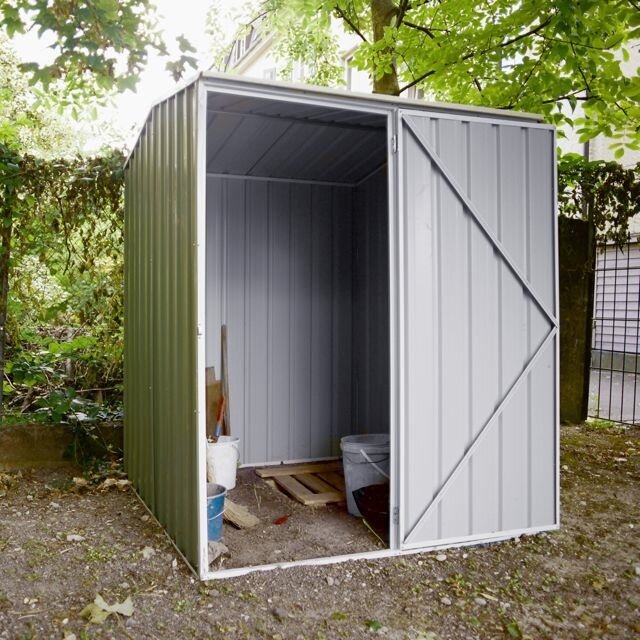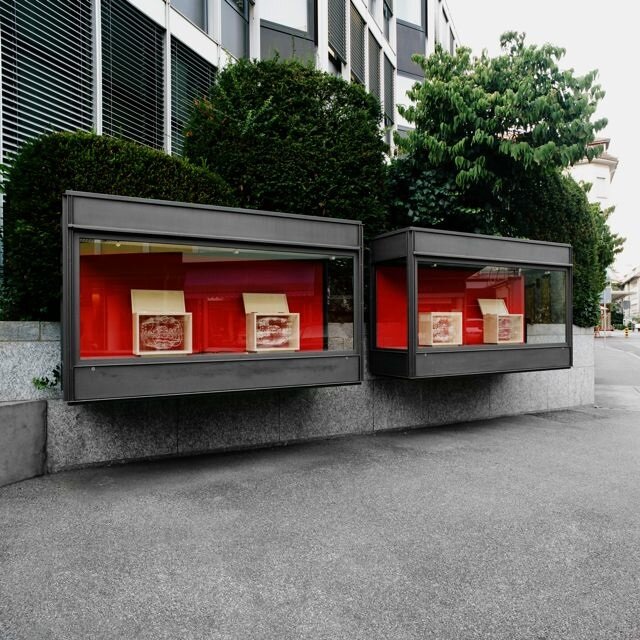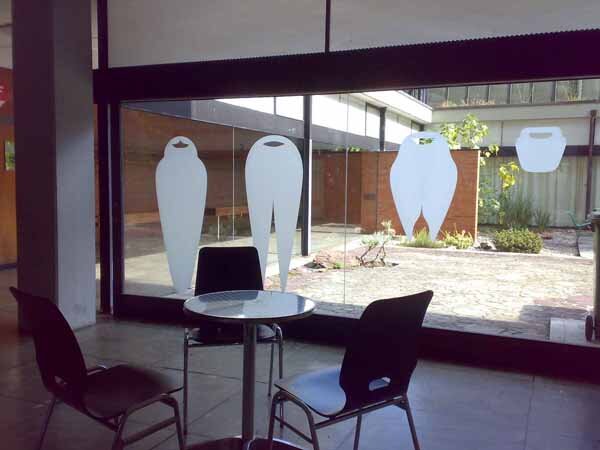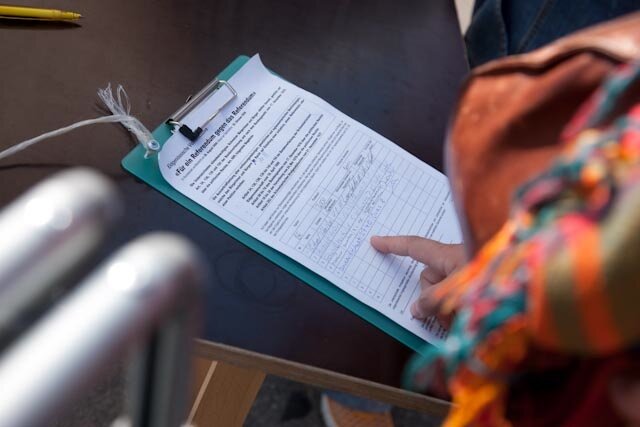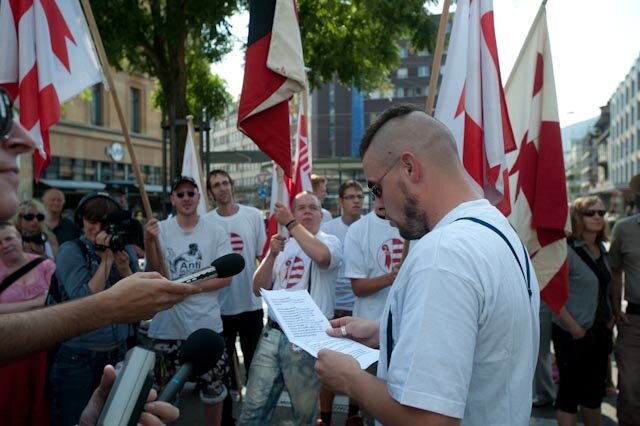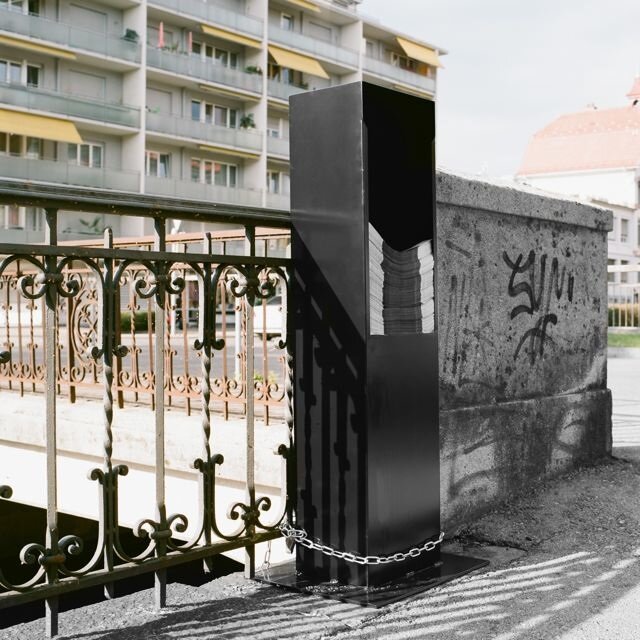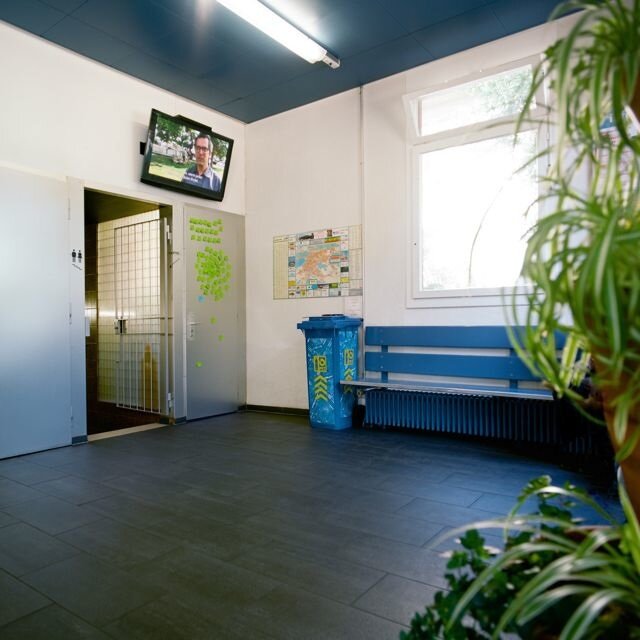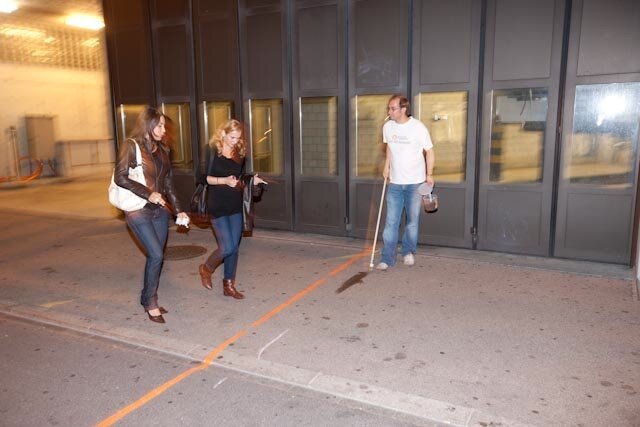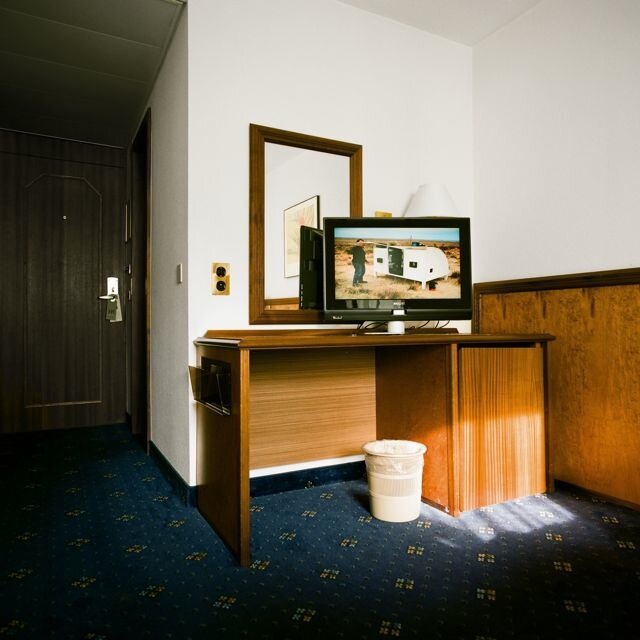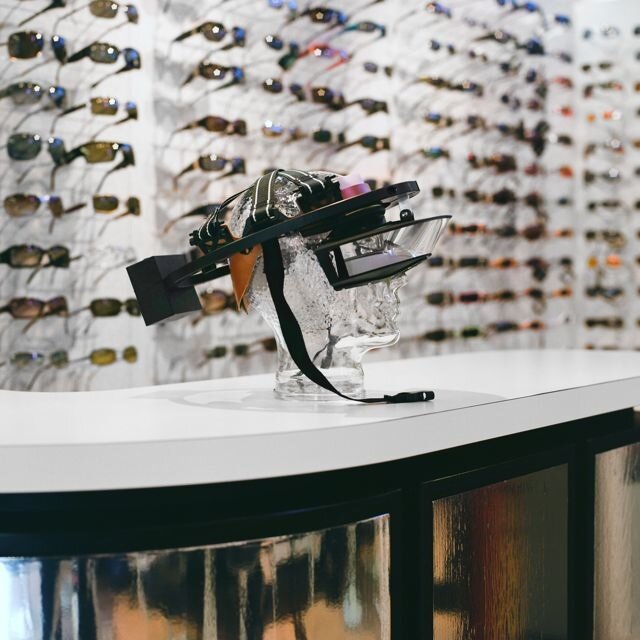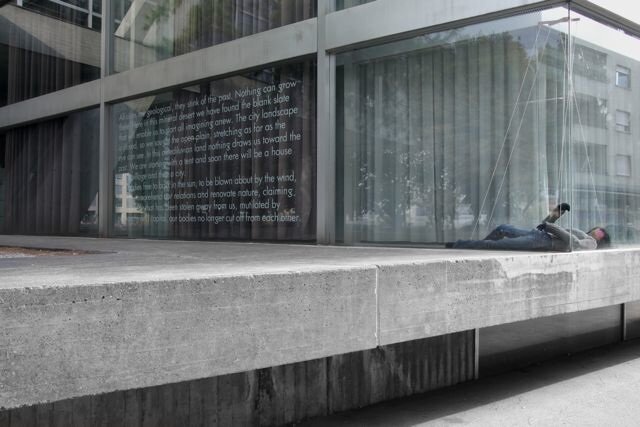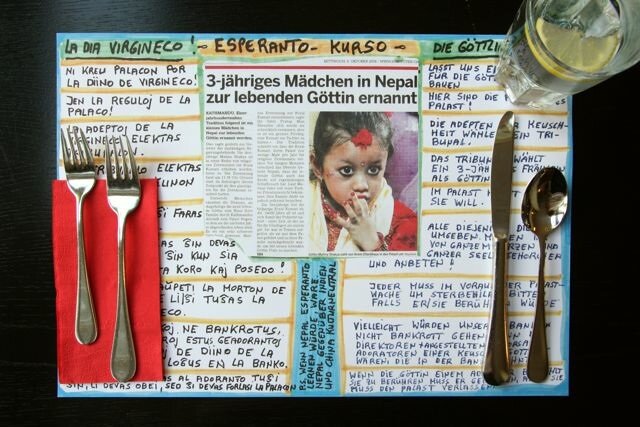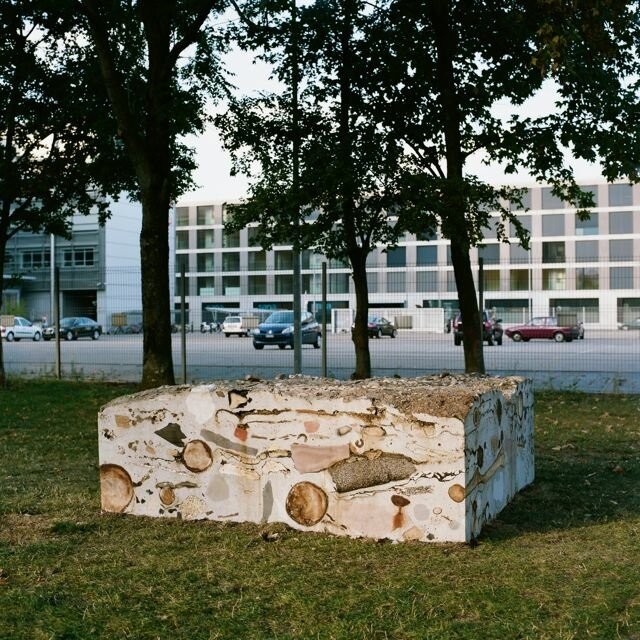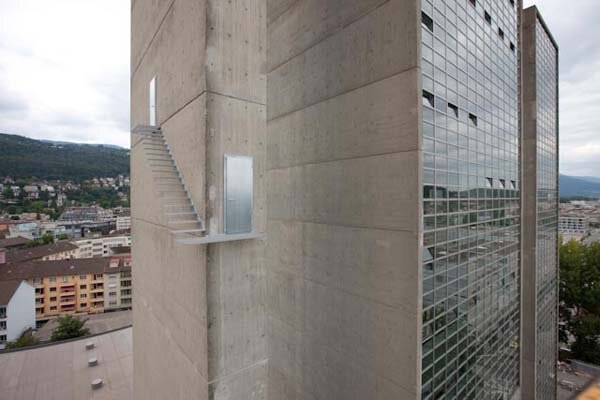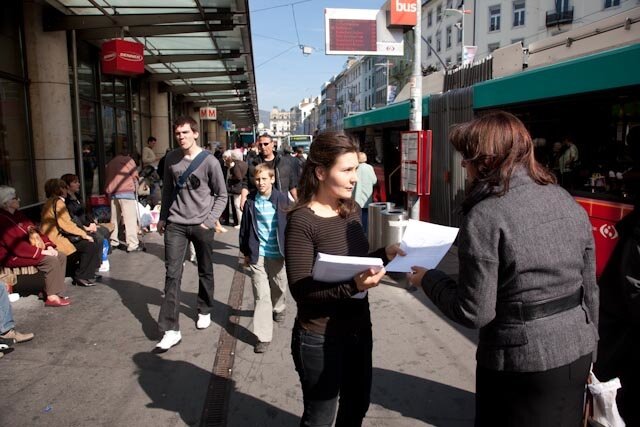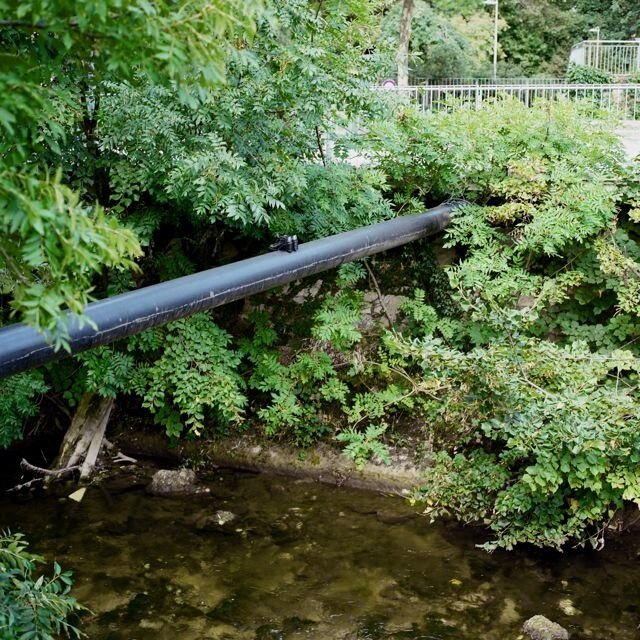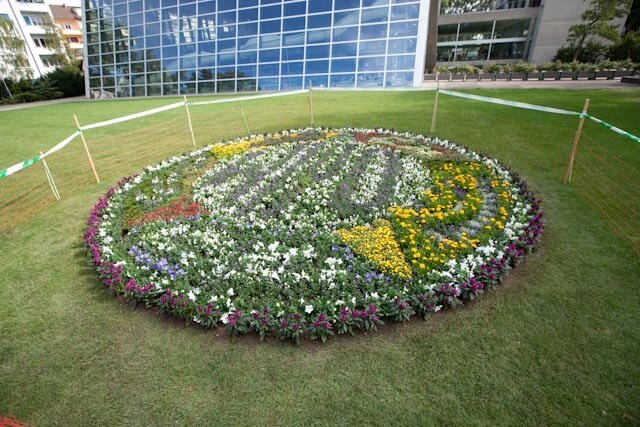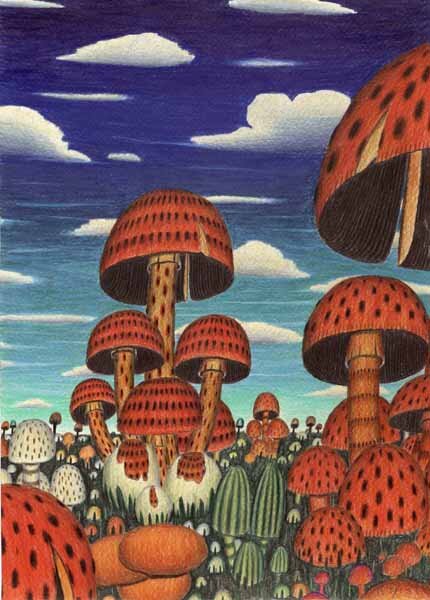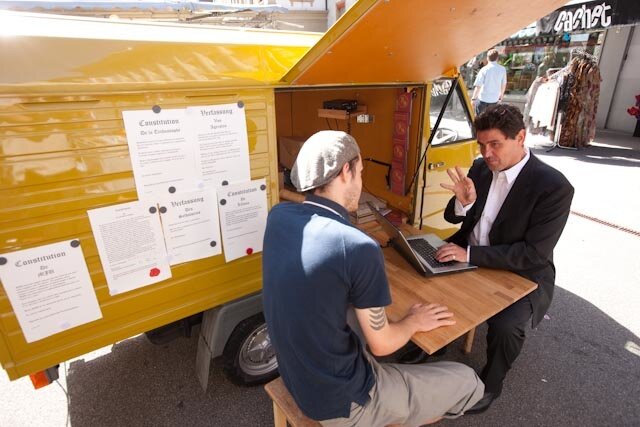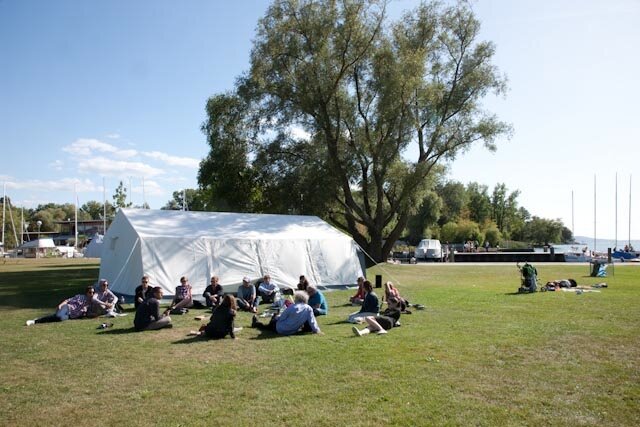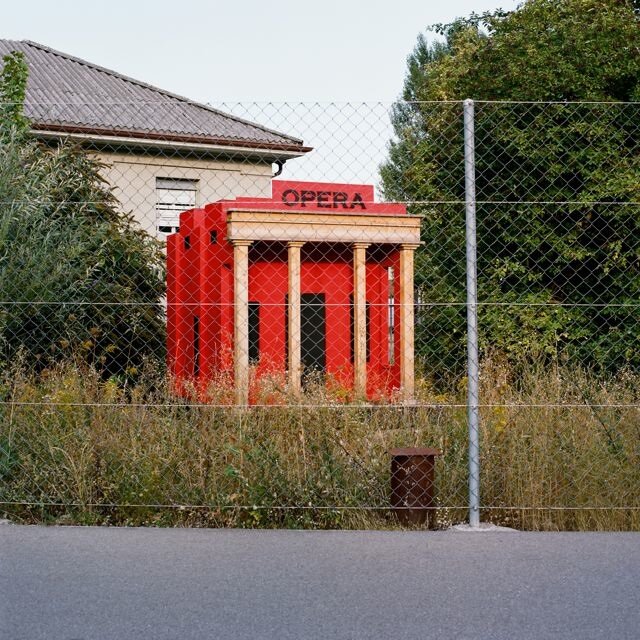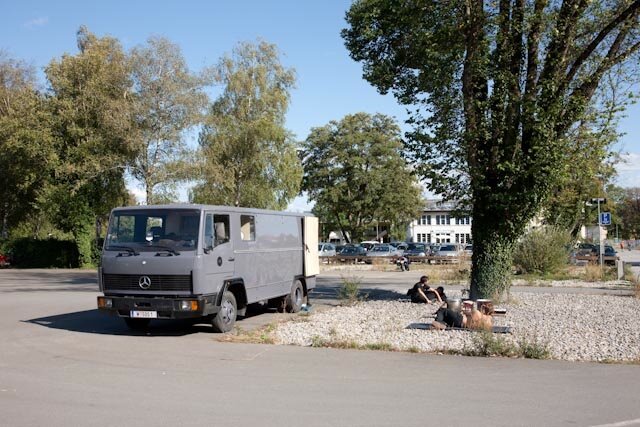UTOPICS Art in urban space
Presentation
UTOPICS Art in urban space
11th Swiss Sculpture Exhibition Biel-Bienne
30th August – 25th Octobre 2009
Watch the clip / Watch the movie
Introduction guide
Simon Lamunière
It is with a great pleasure that we invite you to discover Utopics, the 11th Swiss Sculpture Exhibition. This contemporary art exhibition, located in the urban space, displays almost fifty works of art in the city of Biel.
The exhibition’s explicit title also introduces its content. Indeed, Utopics is a contraction of the terms you, utopia, topic and pics. Thus, it constitutes a digression of the common sense given to utopia: through the extension of its meaning, new forms of significance appear and considerably fill in our society. Moreover, this amplification of the sense enables the audience to look over the way that artists and other communities take possession of a place. In order to do that, strategies, ideals and revendications of different propositions were examinated and finally selected. These various methods, no matter how real or virtual they are, artistically express the field of an independent thinking.
In organizing this project, we considered the way artists, micronations, and utopians function, and the territories they choose for implementing their concepts. What are their ideas, their intentions? How do they lay claim to a realm, occupy a space, practice their lifestyle, and disseminate their ideas? Utopics examines the systems and landmarks behind real and fictional entities, studying their signs and their stakes.
Utopias are usually thought to be ambiguous, because based on fiction or virtuality, a situation that goes back to their roots. “Utopia” was a neologism coined by sixteenth-century English writer Thomas More from the Greek words ou (no) and topos (place), hence a place that does not exist, amended in the 1518 edition to Eutopia from eu (happy) and topos, hence place of happiness. The two terms are complementary, even though only the first survived; indeed, More’s book was both a description of a fictional place (the island of Utopia) and a proposal for an ideal society (eutopia). This is probably why we now generally conceptualize utopias in absolute terms, as something unreal, with the pejorative connotation that this fictional society has no concrete future. Were it to become concrete, its actualization would immediately supersede its virtuality.
So how should we view the experiments of communities and individuals whose goal is to build projects for an alternative lifestyle? Such experiments are undertaken with a desire and determination to create a place of happiness, they are committed to dynamic processes. These proposals for an atypical life—very different from political reforms or revolutions on a national level, which establish and enforce laws—are the work of isolated individuals or small groups. They grow by steadily gathering participants around an idea, however extreme it may be. They are veritable research labs characterized by the process of learning, sharing ideas, making decisions.
The cooperative vegetarian colony Monte Verità, located near Ascona, Switzerland, was a good example of this type of community based on Lebensreform (life reform) characterized by a set of anarchist, cultural, and educational values. Its participants practiced, among other things, vegetarianism, nudism, and bodily expression. They rejected marriage and standard dress codes. The colony functioned for over twenty years, and individuals as significant as Hugo Ball, Isadora Duncan, Paul Klee, Carl Jung, Hermann Hesse, Walter Segal, Rudolf Steiner and Henry van de Velde spent time there to “live out their utopia of a Reform of Life” (as official documents on the colony put it).
To take just Monte Verità and its influence on the art scene and naturist movement, it is clear that experiments of this kind have made an impact as lasting as some purely theoretical or fictional models. They even create an effect of fascination, since their radical ideas were not only thoroughly elaborated, but actually carried out.
Other projects, however, were developed precisely by playing on the ambivalence between fiction and reality. Such is the case of most micronations and artist’s projects. Their activities may be spatially manifested through signs or tangible actions, even while retaining a conceptual or whimsical side. Just recalling the press conference held by John Lennon and Yoko Ono to announce the birth of a conceptual country, Nutopia, reminds us that the problematics triggered by this kind of proposal challenge and extend the boundaries of the imagination.
For various reasons—for fun, from necessity, or due to a climate of intolerance—writers and artists concoct their own situations. Some invent tales, others carry out projects. By questioning lifestyles, social organization, political ideals and cultural values, they challenge established systems. The method is an integral part of the idea—they play on form either by masking their intentions, by subtly unveiling them or, to the contrary, by flaunting them. Whatever the case, such projects are tools designed to help us envisage an alternative society in a positive light. That is why utopias are unsettling—they refer not only to places that (perhaps) exist but also to exemplary socio-political systems, to abstract concepts, and to realities (still) difficult to admit or achieve.
Utopias are indeed located in this gap or ambiguity between fiction and reality, the very same gap that has opened the way for Utopics. Although connotations of the term are historically pejorative, because conveying an ideal that has “no place,” today we are living in a world where every idea can have its place—if not in reality, at least virtually.
The artists and groups included here propose extremely individualized systems based on the ambiguities of today’s world, oscillating between fictive, real, and media existence. Some projects spring from a very real place, others seek to appropriate one. But whether they are located in the middle of some desert, on the internet, on a remote island, within a bedroom, or on a sheet of paper, these proposals are simultaneously realistic and idealist. Whether or not they have a real location, they have their own reality and independent mode of thought. They question by affirming.
Each participant has his or her own language. Some create micronations—kingdoms with a monarch, laws, and passports. Others form ideal communities or lay claim to territories that cannot be found on any map. Still others organize naturist colonies or found schools. They may design new cosmologies, promote pananarchism, or teach Esperanto. Still others buy containers in which they grow an artificial jungle; or build a luxury hotel; or establish camps in the desert; dig escape tunnels; or pinpoint absurd places. The forms they adopt are varied, largely dependent on the coherence of their respective projects. It is hard to know, in advance, whether they are utopians, jokers, autocrats, missionaries, or artists. This ambiguity is neither coincidental nor meaningless: the values and methods of certain approaches may converge with or resemble other, apparently remote, ones. The comparison between artistic creativity and atypical social models is deliberate, designed to challenge certain preconceptions, especially when it comes to ideals, to the place of the individual in society, and to art in the public sphere.
Since the end of the twentieth century, the place of the individual has evolved significantly: the public sphere has changed and new realms and territories have surfaced. Changes triggered by media of all kinds have tangibly altered the way that individuals perceive themselves and their environment. The massive use of computers and telephones constantly linked to wireless networks, combined with real-time data bases, GPS location, and permanent, reciprocal access, have all enhanced the reality of the world in which humans live. The digitization of their universe now makes humans traceable, reachable, navigable, connectable. Humans themselves are sometime digitized; the world and their place in it are undergoing redefinition. They live in an enhanced reality, a reality that has become mediareality. The global world, as we think we know it, is mushrooming in striking ways.
Like utopias, truth automatically dissolves in mediareality’s meanders or gaps (not between the real world and its digitization nor between a place that does not exist and a place of happiness). Borderlines become fuzzy, and artists who create utopias know how to exploit that fact. Their strategies for occupying space take advantage of uncertainty and vagueness. They trigger their new modes of thought on the fringes, or infiltrate systems through willful misunderstanding. They embody certain limits yet also signpost the violation of limits. They operate through infra-thin displacements. By creating, laying claim to, or exploiting other realms, they may actually be pointing to new facts on the ground or blazing a trail toward new attitudes.
Humanity has always grown and extended its finite boundaries through successive discoveries born of nomadism, conquest, and colonization. Today, established political systems regulate and govern almost the entire globe, even if certain regional conflicts continue. Delineations have become increasing precise and constraining. Even if territories become temporarily deregulated and give the impression of uncontrolled reappropriation, there are few “virgin” territories that remain unattributed or unclaimed. The same is true of the public sphere, which is now largely structured and over-occupied. The margin of maneuver has become increasingly narrow.
Globalization and mediareality have altered scales and distances. Physical, political, social, and cultural acts are now proportional to those changes. That is to say, such acts now assume a simultaneously individual and global scale, not unlike the way a virus spreads. They may be microscopic and local even as they have a widespread impact. An individual can infiltrate the public sphere like a virus. The image he or she creates, or avatar, can propagate and invade the globalized world. A personal utopia can be actualized—virtually.
Given the impression of a globalization in which everything is defined and planned, the projects featured here come across as alternatives to the global system. The “standard assumptions” of today’s society find a productive counterpoint in the multiplicity of voices making themselves heard here. There will always be groups and individuals who challenge established values, invent new modes of thought, and create new fields of investigation—including, obviously the groups and individuals featured in this catalogue.
Thanks to them, we can now explore some original, clever propositions about our contemporary world. So we would like to acknowledge here the contributors and the participants in the show, because without their ideas we would have nothing to see or to consider. They merit our profound gratitude. The show and the works—most of which were specially conceived for this event—were made possible thanks to the generous support of numerous sponsors, notably the City of Biel/Bienne, the Canton of Bern, and the Swiss Confederation, all of whom we thank wholeheartedly. Last but not least, we would like to acknowledge our gratitude to the Swiss Sculpture Exhibition Foundation for enthusiastically sustaining its commitment to contemporary art.
My team and I wish you an excellent visit and surprising discoveries.
Simon Lamunière
Director, Utopics
